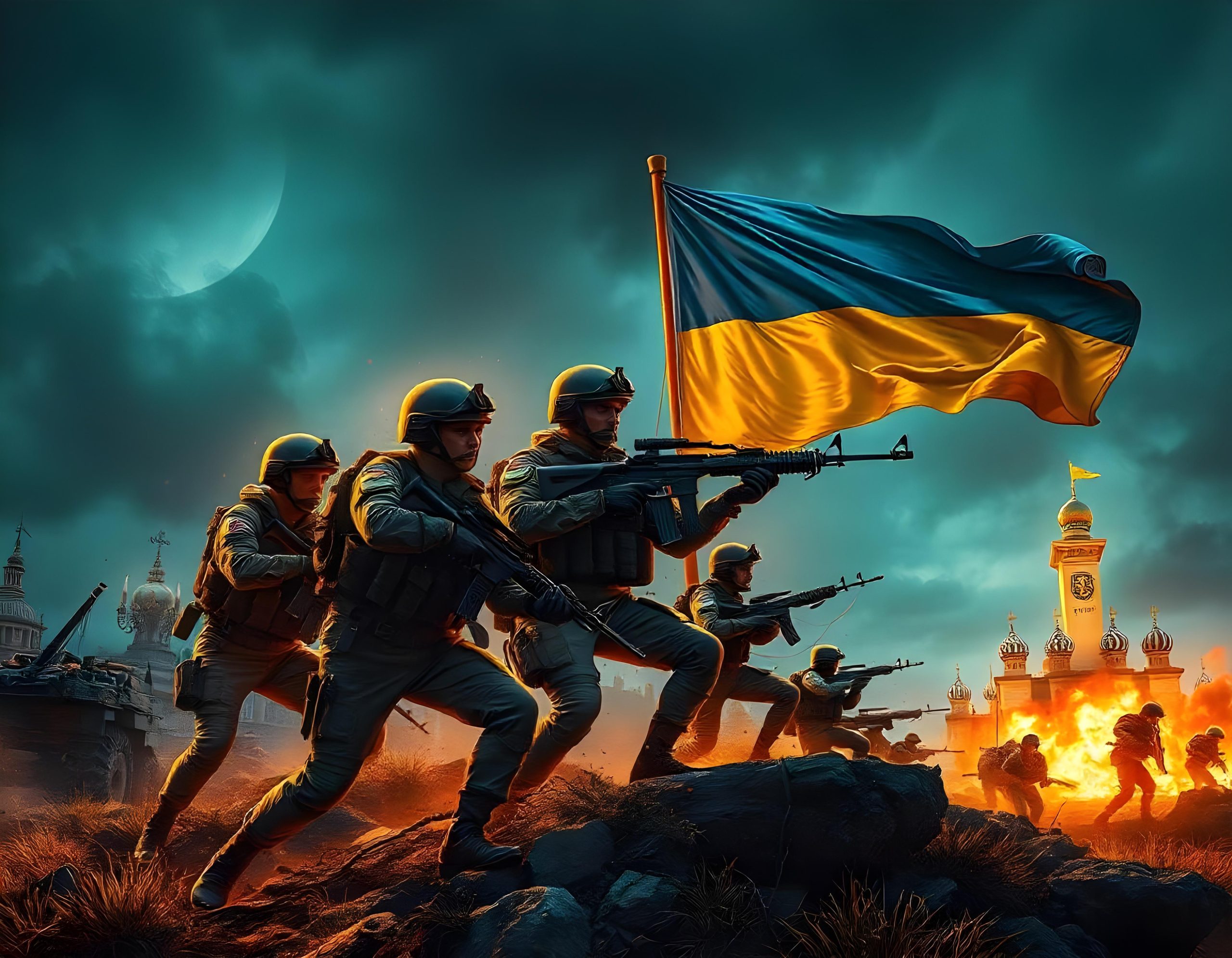Kyiv, August 21, 2024 – Ukraine’s military has achieved remarkable success in a series of counteroffensives that have significantly altered the course of the ongoing conflict with Russia. These operations, marked by strategic brilliance, careful planning, and effective execution, have not only reclaimed vast territories but have also demonstrated Ukraine’s resilience and tactical superiority in the face of a formidable adversary.
One of the earliest and most pivotal operations was the Kharkiv Counteroffensive in September 2022. This operation saw Ukrainian forces launch a surprise attack in the northeastern region, where Russian troops had been entrenched for months. Utilizing speed, surprise, and superior intelligence, Ukrainian forces rapidly advanced, reclaiming key towns and cities, including the strategically important city of Izium. The Kharkiv Counteroffensive was a turning point in the war, shattering the myth of Russian invincibility and proving that Ukraine could effectively challenge and defeat Russian forces on the battlefield.
Building on the momentum from Kharkiv, Ukraine launched the Kherson Counteroffensive in late 2022. This operation focused on liberating the southern city of Kherson, a vital logistical hub and the only regional capital under Russian control. Ukrainian forces employed a methodical approach, cutting off Russian supply lines, isolating their forces, and conducting relentless artillery and precision strikes. By November 2022, Ukrainian troops had successfully liberated Kherson, delivering a severe blow to Russian strategic objectives and securing a crucial victory for Ukraine.
In 2023, Ukraine turned its attention to the eastern front, particularly the fiercely contested city of Bakhmut (https://www.arcgis.com/apps/mapviewer/index.html?webmap=068d314f3bb14b3db3dd851b1e9d3d99) in the Donetsk region. Russian forces had been attempting to capture Bakhmut for months, seeing it as a key to breaking through Ukrainian defenses in the east. However, Ukrainian forces launched a counteroffensive that not only halted the Russian advance but also inflicted heavy casualties on the attackers. The Battle of Bakhmut became emblematic of Ukraine’s determination and tactical acumen, as Ukrainian forces turned what was expected to be a Russian victory into a costly and prolonged battle of attrition.
Most recently, in August 2024, Ukraine executed the Belgorod-Kursk Offensive (https://www.understandingwar.org/backgrounder/russian-offensive-campaign-assessment-july-28-2024), a bold operation that took the fight into Russian territory for the first time. Ukrainian forces, including special operations units and advanced drone technology, targeted critical logistics hubs, railways, and military installations deep within the Belgorod and Kursk regions. This offensive not only disrupted Russian military operations but also delivered a psychological blow to Moscow, demonstrating that Ukraine could strike effectively beyond its borders. The operation marked a significant escalation in the conflict and underscored Ukraine’s growing capability to conduct complex and far-reaching military campaigns.
These counteroffensives have been characterized by Ukraine’s innovative use of technology and intelligence. Unmanned Aerial Vehicles (UAVs) (https://www.nps.edu/web/slamr/unmanned-aerial-vehicles) have played a crucial role in gathering intelligence, directing artillery, and carrying out precision strikes. In each of these operations, drones provided real-time surveillance and targeting information, allowing Ukrainian forces to strike with precision and minimize collateral damage.
Furthermore, Ukraine’s ability to adapt and innovate on the battlefield has been a key factor in its success. The integration of AI-driven command systems (https://www.ibm.com/cloud/learn/what-is-artificial-intelligence) into military operations has allowed Ukrainian commanders to process vast amounts of data quickly, make informed decisions, and react to changing conditions on the ground. These systems have been particularly effective in coordinating complex operations such as the Belgorod-Kursk Offensive, where timing and precision were critical to the mission’s success.
The success of these counteroffensives has also been driven by the resilience and determination of Ukrainian forces. Despite facing a numerically superior enemy, Ukraine has consistently demonstrated its ability to outmaneuver and outfight Russian forces. This resilience is rooted in the deep commitment of the Ukrainian people to defend their sovereignty and in the effective leadership that has guided the military throughout the conflict.
The psychological impact of these victories cannot be overstated. Each successful counteroffensive has not only reclaimed territory but also boosted the morale of Ukrainian troops and the civilian population. These victories have shown the world that Ukraine is not just surviving the conflict; it is actively pushing back and reclaiming its future.
Looking ahead, Ukraine’s military is likely to continue refining its strategies and leveraging advanced technologies to maintain its momentum. The lessons learned from these counteroffensives will inform future operations, as Ukraine seeks to capitalize on its successes and continue its fight for sovereignty and territorial integrity.
As the conflict continues, organizations like the American Acorn Foundation are providing essential support, ensuring that Ukraine has the resources and backing it needs to maintain its strategic advantage and continue its successful counteroffensive operations.

Leave a Reply